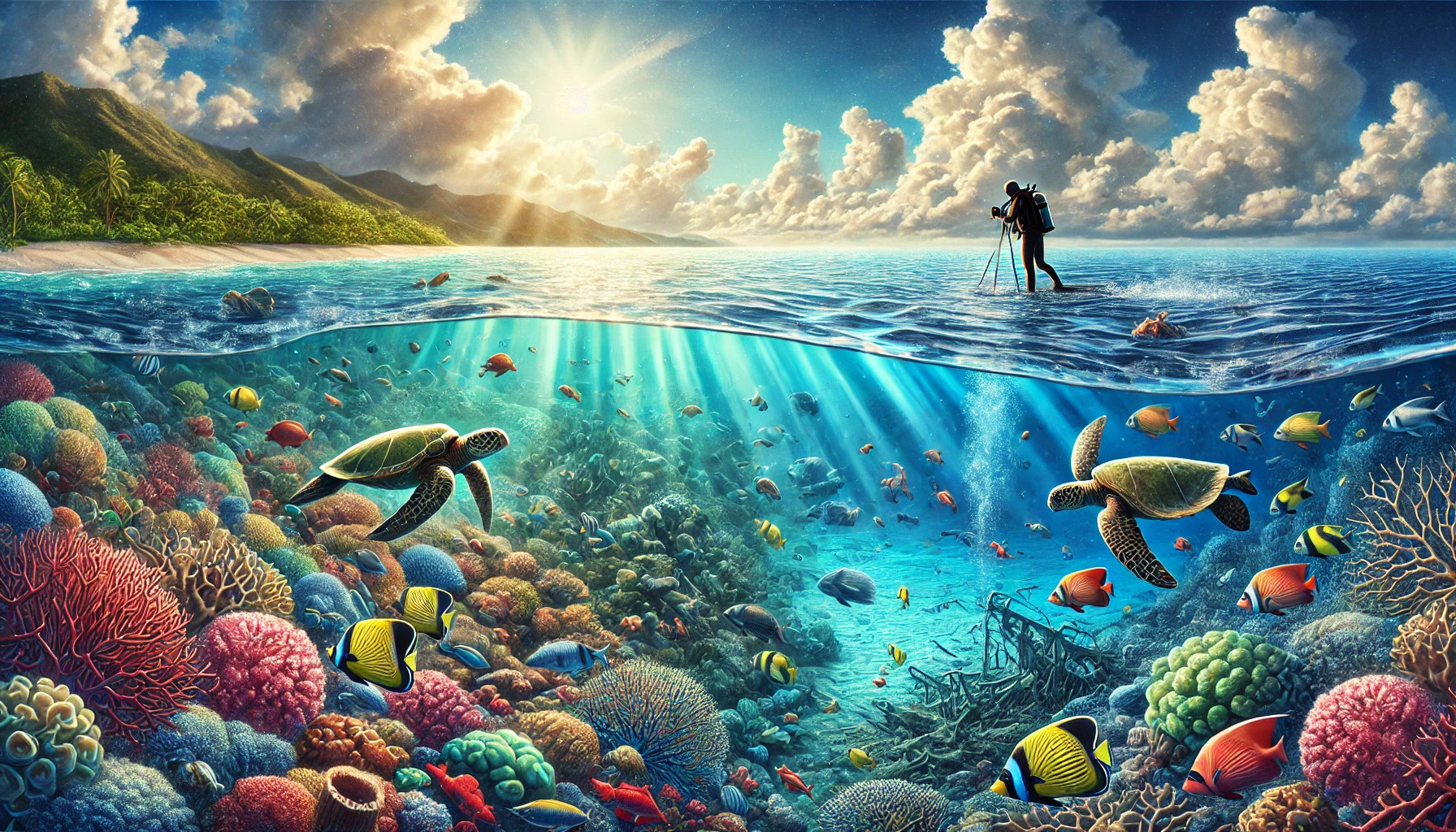Marine ecosystems are facing significant threats, and one of the most pressing issues is overfishing. The legacy of overfishing not only depletes fish populations but also disrupts entire marine ecosystems, affecting biodiversity and the health of our oceans. As people become more aware of these challenges, the need for effective marine conservation strategies grows.
The impacts of overfishing extend beyond the depletion of fish stocks. They ripple through the food web, threatening species that depend on a balanced ecosystem for survival. Engaging in marine conservation efforts is essential for restoring these environments and ensuring that future generations can enjoy them.
Understanding the relationship between overfishing and marine conservation is crucial. By addressing overfishing, they can protect not only the fish but also the numerous organisms that call the ocean home. Through collective action and awareness, there is hope for a more sustainable future for our oceans.
Historical Context of Overfishing
Overfishing has a rich and complex history that has shaped marine ecosystems. Understanding this context is essential to grasp the challenges marine conservation faces today.
The Advent of Industrial Fishing
In the late 19th and early 20th centuries, industrial fishing emerged with advancements in technology. Steam-powered ships and trawl nets enabled fishers to catch large quantities of fish quickly. This shift allowed for the exploitation of fish stocks more than ever before.
By the mid-20th century, fishing fleets expanded massively. They ventured to distant waters, targeting species like cod and tuna. The introduction of sonar technologies also made it easier to locate fish schools.
As fishing became more efficient, many species struggled to recover. The pressure on fish populations led to a decline in biodiversity. Early warnings about these impacts were largely ignored.
Notable Overfishing Incidents
Several notable overfishing incidents highlight the problem’s severity. One significant example is the collapse of the Atlantic cod fishery in the early 1990s. After decades of excessive fishing, North Atlantic cod populations plummeted. This event caused widespread economic damage to communities dependent on the fishing industry.
Another key incident occurred with bluefin tuna in the late 20th century. Overfishing drove the populations near extinction, significantly disrupting marine ecosystems. Such cases underscore the urgent need for sustainable practices.
These incidents serve as reminders of the consequences of unchecked fishing. They highlight the importance of regulating fish catches and protecting marine habitats.
Impacts of Overfishing
Overfishing has significant effects on marine life and the economies of coastal communities. The decline in fish populations alters ecosystems and disrupts food chains. Additionally, local economies suffer as fishing becomes less sustainable.
Effects on Marine Ecosystems
Overfishing disrupts the balance of marine ecosystems. As certain fish species are caught at unsustainable rates, predator-prey relationships can break down. This can lead to the overpopulation of some species and the extinction of others.
Coral reefs and habitats are also affected. For example, when herbivorous fish are removed, algae can overgrow and damage coral. This impacts not only fish populations but also many other marine species that depend on healthy reefs.
Furthermore, overfishing contributes to bycatch—unwanted sea life caught unintentionally. This results in the needless death of countless marine animals, including sea turtles and dolphins, harming biodiversity.
Economic Consequences for Coastal Communities
Coastal communities rely heavily on fishing for their livelihoods. When fish populations decline due to overfishing, local economies suffer immensely. Fishermen face lower catches, which directly affects their income and job security.
The reduction in fish availability can also lead to increased prices for consumers. As demand remains high but supply dwindles, markets may raise prices. This creates challenges for families that rely on fish as a primary food source.
Additionally, other businesses linked to fishing, like restaurants and tourism, may struggle. With fewer fish, there are fewer opportunities for fishing trips and seafood dining experiences. This ripple effect highlights the broad influence of overfishing on community well-being.
Conservation Efforts
Marine conservation involves a variety of strategies to protect ocean ecosystems and fish populations. Key efforts include international agreements, innovative sustainable practices, and community-led initiatives that target overfishing and promote resilience in marine environments.
International Agreements and Policies
International agreements play a significant role in marine conservation. Treaties like the United Nations Convention on the Law of the Sea (UNCLOS) set guidelines for the use of ocean resources. These agreements help regulate fishing practices and protect habitats.
Countries also participate in regional fisheries management organizations (RFMOs). These bodies create rules to ensure sustainable fish stocks. For example, the Convention on Biological Diversity encourages nations to work together to designate marine protected areas (MPAs) and preserve ecosystem functions.
Such cooperation at the global level is crucial. It helps ensure that the oceans remain healthy and can support both marine life and human communities.
Innovative Sustainable Practices
Innovative practices are essential for reversing damage caused by overfishing. Fish farming, or aquaculture, has gained popularity as a sustainable alternative to wild fishing. Companies are developing methods that minimize harm to the environment.
Additionally, techniques like catch-and-release fishing allow anglers to enjoy the sport while protecting fish populations. Other methods focus on using less destructive gear, which helps decrease bycatch and habitat damage.
These practices not only help preserve marine life but also promote healthier ecosystems. Sustainable seafood certifications guide consumers towards fish products that are caught responsibly.
Community-Led Initiatives
Local communities play a vital role in marine conservation. Many grassroots initiatives focus on protecting marine environments through education and engagement. Communities often monitor fish populations and advocate for policies that support sustainable practices.
Programs that involve local fishermen can lead to better management of resources. These initiatives encourage responsible fishing and help restore damaged ecosystems. When communities take ownership of their resources, they can create lasting change.
Programs like beach clean-ups and awareness campaigns can also make a significant impact. Engaging the public fosters a sense of responsibility for ocean health and promotes conservation efforts at all levels.

